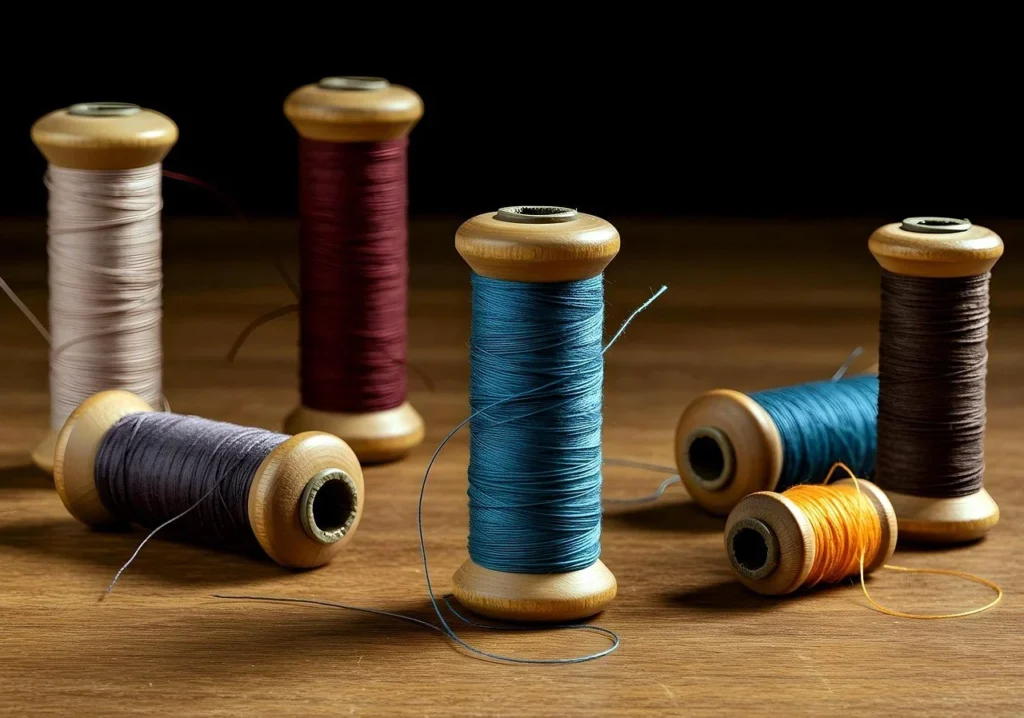Vardhman Textiles Limited (VTL), one of the major players in the Indian textile sector, has been a pillar of the industry since its founding in 1965. With a diversified business portfolio of yarns, fabrics, garments, threads, and fibers, the company has remained committed to excellence. But like any other enterprise, VTL also has its own set of challenges and opportunities. Here, we explore Vardhman Textiles’ growth strategy, future prospects, major developments, and if it’s a buy for investors.

Growth Strategy
Capital Expenditure (CAPEX) towards Modernization and Expansion
Vardhman Textiles has been investing heavily in modernization and expansion. The company has planned a CAPEX of around ₹3,400 crores, out of which a major chunk will go towards green energy, synthetic fabrics, and fabric processing. These investments will help improve operating efficiency, cut costs, and enhance margins.
- Green Energy Initiatives: An investment of ₹600 crore in green power is anticipated to lower energy costs and tie up with world sustainability trends.
- Synthetic Fabrics: A ₹400 crore project for 100% synthetic filament-based products is planned, focusing on high-value segments such as outerwear and technical textiles.
- Fabric Processing: The company is increasing its fabric processing capacity by 31 million meters annually, with an extra 15 million meters specifically for synthetic fabrics.
Emphasis on Value-Added Products
VTL is making a transition from plain textiles to value-added products, with particular emphasis on the synthetic and technical textiles segments. These products generally have higher margins and are designed for niche markets like outerwear and industrial use.
Operational Efficiency and Cost Optimization
The company is replacing old machinery with newer, automated technology in order to save power and enhance productivity. The modernization process is likely to deliver a 2-3% increase in EBITDA margins in FY27.
Future Outlook
Domestic and Export Opportunities
Vardhman Textiles is in a good position to take advantage of both domestic and overseas demand. The fabric business is already running at 100% capacity, and the company is increasing its capacity to satisfy increasing demand. Moreover, the synthetic fabric expansion will create new export opportunities, especially in high-value markets.
Government Policies and Global Market Trends
The company’s performance in the future will heavily depend on government policies, particularly the imposition of import duty on raw materials such as cotton and man-made fibers. Reducing the import duty will immensely boost the margin. Furthermore, global trends toward sustainable textile and technical fabric also hold long-term growth potential.
Challenges in the Spinning Segment
Although the textile segment is doing well, the spinning business is suffering because of the high cost of raw materials and weak international prices. The firm believes that intervention by the government or a turn-around in international cotton prices can help ease these strains.
Challenges
High Raw Material Costs
The spinning division is facing the onslaught of rising cotton prices, which is fueled by India’s Minimum Support Price (MSP) policy and import taxes. This has resulted in reduced margins in relation to global competitors.
Global Competition
VTL is subject to strong competition from nations such as Vietnam and Bangladesh, where the cost of labor is much cheaper. Furthermore, importation of synthetic fibers is heavily restricted by regulatory barriers, thus it is challenging to cut prices.
Reliance on Government Policies
The profitability of the company is greatly determined by government policies, especially import duty and MSP. Any unfavorable changes would further stretch margins.
Key Advancements
Sustainability Initiatives
Vardhman Textiles is going in for green energy and environmental-friendly practices, which not only save money but also increase its attractiveness to green-conscious consumers and investors.
Diversification into Synthetic Fabrics
The entry into synthetic and technical textiles is a strategic decision to diversify its product basket and enter high-margin markets.
Modernization of Machinery
By upgrading old equipment with new, energy-saving machinery, VTL is enhancing efficiency and cutting costs, which should increase margins in the long term.
Is Vardhman Textiles a Good Buy?
Pros:
Good Fabric Division: The fabric division is doing well with 100% capacity utilization and expansion plans in the offing.
CAPEX Investments: The company’s aggressive CAPEX policy is likely to result in high returns in terms of increased margins and increased capacity.
Sustainability Focus: Green energy and sustainable practice investments make VTL a futuristic company in sync with international trends.
Cons:
Spinning Segment Challenges: The spinning segment is challenged because of high raw material prices and negative global prices.
Regulatory Risks: The performance of the company significantly relies on governmental policies, outside of its influence.
Global Competition: Severe competition from cheap nations such as Bangladesh may limit future growth potential.
final verdict
Vardhman Textiles Ltd is a mature player in the textile sector with a robust fabric division and a well-defined growth plan. Although the spinning business is under pressure, the concentration of the company on modernization, sustainability, and added-value products places it well for future growth. For long-term investors, VTL may be a decent purchase, provided government policies become more supportive. But short-term investors need to be careful with the prevailing issues in the spinning segment and regulatory risks.
Key Terms
CAPEX (Capital Expenditure): Money spent by a company to buy, improve, and replace physical assets like equipment and machinery.
EBITDA (Earnings Before Interest, Taxes, Depreciation, and Amortization): A company's operating performance measure, usually used to compare the profitability of companies.
Minimum Support Price (MSP): A price fixed by the government at which farmers can sell their crops, guaranteeing them a minimum income.
Synthetic Fabrics: Man-made fibre-containing textiles like polyester, nylon, and acrylic, usually applied in technical and high-performance uses.
Technical Textiles: Textiles applied for functional applications instead of fashion purposes, usually within industries such as automotive, healthcare, and construction.
